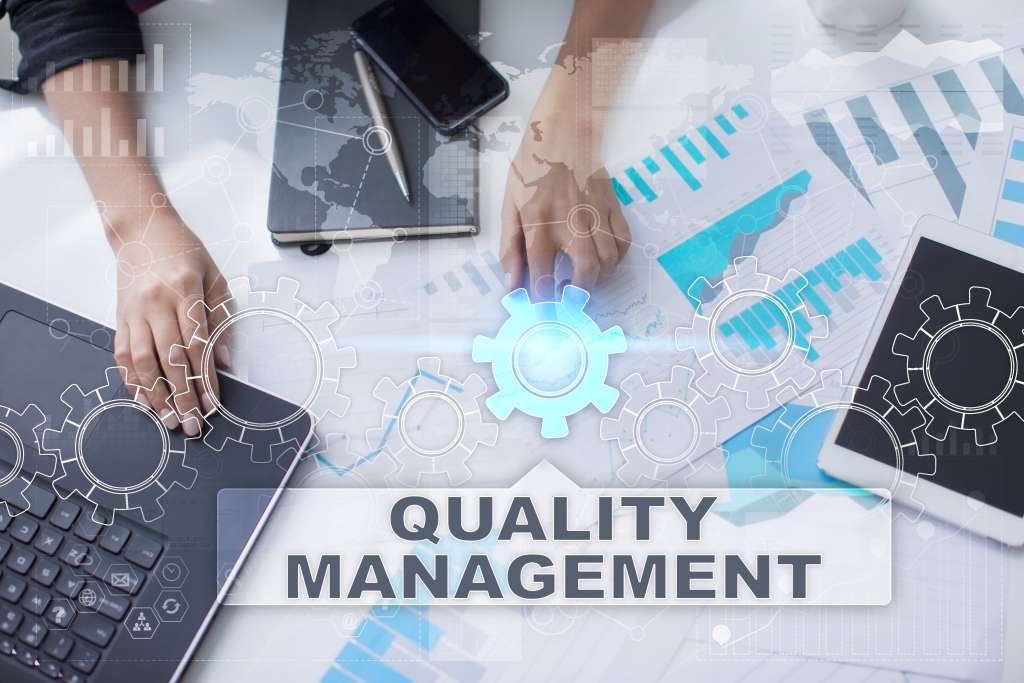5 Strategies To Achieve Supply Chain Excellence In The Global Fashion Industry



Summary: Global supply chain management comes with its challenges, especially after COVID-19. The pandemic has brought about many changes in laws, rules, and regulations which affect the functioning of the global supply chain. Every industry, including fashion, has to adapt to the new ways of remote functioning. To maintain a global supply chain that functions smoothly and efficiently under any circumstances, various adaptive business strategies need to be put in place.
Running a global supply chain in the present day calls for stepping up your business management game. The global pandemic caused world governments to put many new rules and regulations in place that abide by COVID-19 guidelines, and these rules directly or indirectly affect the function of the global supply chain. To thrive in such an ever-changing economy, adopting new supply chain management practices that are resilient and versatile is of utmost importance. To help achieve supply chain excellence and ensure your fashion business is future-proof, we have identified the 5 key strategies that will secure your business’s functioning in the global market.
5 Strategies To Achieve Supply Chain Excellence Globally
Ensure your fashion business adopts these key strategies to maintain the smooth functioning of the global supply chain. With these modern business solutions, your business can attain supply chain excellence and handle unforeseen crises much more easily.
1. Diversify Sourcing & Manufacturing Strategies

The first order of business is to diversify the business’s sourcing and manufacturing strategies. When there is diversified sourcing, your supply chain is less vulnerable to trade restrictions implemented by different governments and more. Don’t rely on just one set of sourcing and manufacturing partners. Instead, develop a network of suppliers and manufacturers or other partners to fall back on in case of any dilemmas.
Identify and assess backup manufacturers, distributors, logistics providers, and suppliers who can step in if your supply chain is impacted in some places. Get agreements in place with both current and potential partners outlining the conditions under which you may transfer from one partner to another in case of disruptions in the supply chain.
It is also important to identify and map out product demand throughout the year so that your business has the right amount of inventory to fulfill orders in every season. Also, ensure your business has enough stock to meet sudden spikes in demand or that your established supply chain allows enough lead time to maintain inventory.
2. Digitize Production, Sourcing, & Supply For Remote Functioning

Since the global pandemic has affected travel, opting for business solutions that enable remote function is ideal. Digitizing the production, supply, and sourcing processes will provide competitive advantages to your fashion business.
Connect with manufacturers and suppliers that provide interactive digital experiences of their products and services. Attend virtual trade shows to connect with other digitized fashion companies and also to understand the latest tech and innovative products in the global market.
3. Build A Sustainable Supply Chain That Is Accountable

Developing and maintaining a supply chain that is sustainable and eco-conscious is ideal in today's day and age. It is also quite simple to establish. Climate change is a major world issue and it is bringing about a change in laws and regulations for the production of products. Even consumer attitudes are changing as people want to purchase sustainable clothing items that do less or no damage to our environment.
Taking an active role in establishing an ethical supply chain and controlling environmental risks keeps you in compliance and gives customers more reasons to choose your brand over others. Make note of the carbon emissions your supply chain generates, and work with manufacturers and suppliers to reduce emissions. Adopt sustainable packaging to help cut down on waste. Eliminate procedures, chemicals, or other raw materials used in manufacturing that could be potentially harmful to the environment, consumers, or workers.
Be responsible for your Environmental, Social, and Governance (ESG) obligations, and establish accountability strict guidelines throughout your company and supplier chain. Uphold human rights and prevent or resolve any procedures that jeopardize them when it comes to workers.
4. Establish Efficient Remote Production Processes
The communications between brands and manufacturers for remote order and production processes need to be seamless and transparent. The best way is to centralize the entire order and production management process by using a single fashion tech platform (like Fashinza). Get buyers, merchandisers, suppliers, and manufacturers to work together to provide transparent tracking of every step of the production process. These processes will help brands get an early alert on various potential delays or other setbacks.
5. Quality Management To Reduce Production Costs

If you want your business to avoid extra costs that are caused due to faulty manufacturing processes, embracing quality management is in your best interests. Developing high-quality production will not only save money long term, but it will also ensure products meet safety guidelines and follow regulations.
Outline mandated rules and standards for product safety and accessibility, and make sure all your supply chain partners follow the guidelines for quality monitoring and measurement mentioned in your criteria. You can even provide incentives to suppliers and keep track of their progress to encourage them to make improvements in the way they function.
Adopting these key supply chain strategies will help make your business resilient and adaptive to change.
Your fashion business can get access to all these essential supply chain strategies by simply signing up with Fashinza. Fashinza is a fashion technology company that provides solutions to brands globally with its established network of digitized manufacturers, suppliers, and more.
Head to Fashinza.com to achieve supply chain excellence right away.
Key Takeaways

- Creating a diverse pool of supply chain partners will help your brand fulfill orders even if there are hiccups with trading and supply globally.
- Digitizing the manufacturing process will enable remote working which is ideal and efficient for present-day business.
- Adopting sustainable production will help reduce the impact on the environment and attract more customers.
- Establishing transparency in remote production processes will boost efficiency.
- Your business can eliminate hidden costs and develop high-quality products with reduced defects with quality management procedures.



















